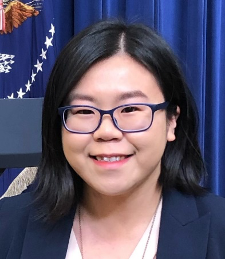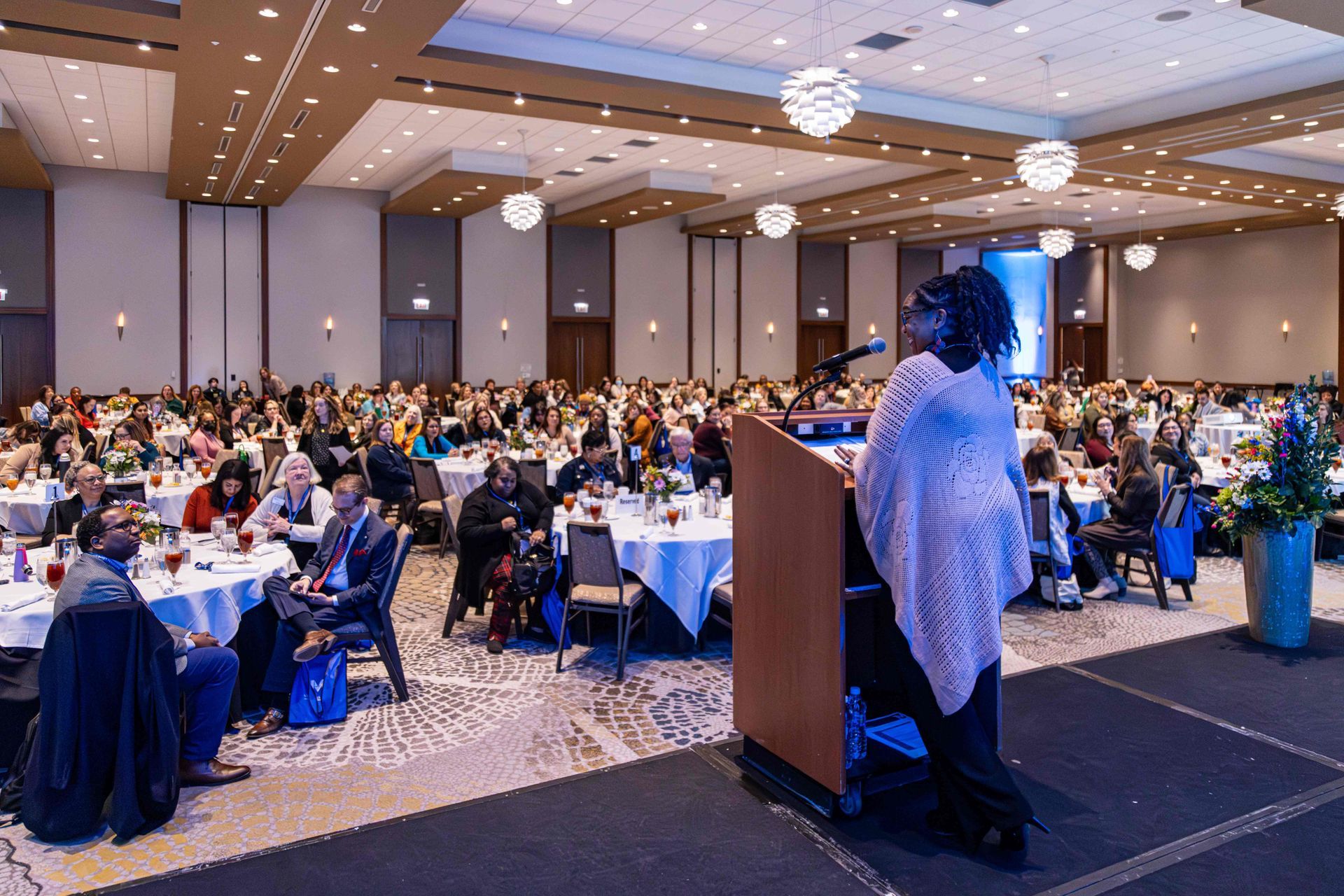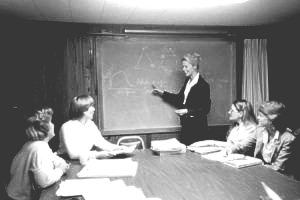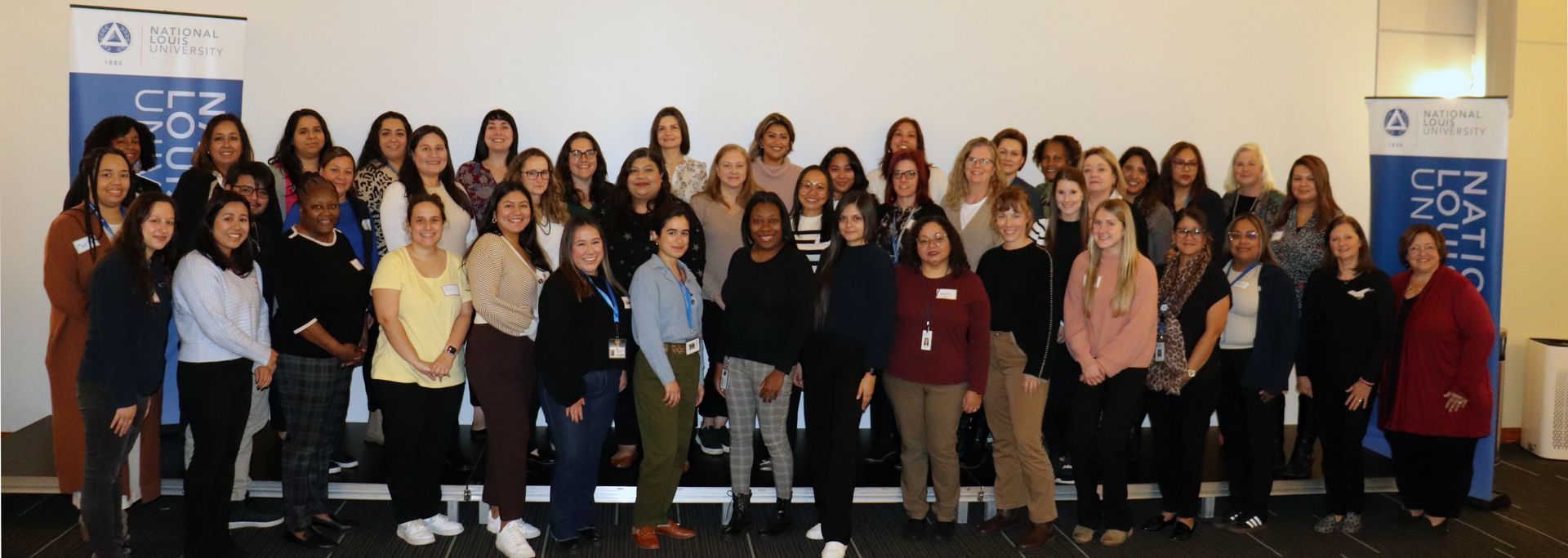BY Janet Moore | August 10, 2015
This document may be printed, photocopied, and disseminated freely with attribution. All content is the property of the McCormick Center for Early Childhood Leadership.
STATEGIES TO INSPIRE COLLABORATION
“If your actions inspire others to dream more, learn more, do more, and become more, you are a leader.”
— John Quincy Adams
As the former director of a child care center, I inherited a disconnected staff. They came to work every day because of their love for the children, but they were not committed to the program’s vision; they didn’t even know the vision. They worked side-by-side with their coworkers, but there was no cohesiveness among them. After months of strategic planning, I learned that inspiring others to dream while they learn will invoke them to work well together and ultimately grow!
HOW DO WE INSPIRE EMERGING LEADERS TO LEARN AND WORK TOGETHER TOWARD A SHARED VISION?
That is the million dollar question that many in leadership roles have asked themselves. There are several answers, but, through research, dialogue, and eventually trial-and-error, I have learned a few strategies that lay the foundation for inspiring a collaborative team of emerging leaders.
A team is expected to work together, get the job done, and produce results, but collaboration is hindered when team members do not work well together. Collaboration is also hindered when the leader’s actions do not inspire others. A collaborative team works together through idea-sharing and thinking toward a common goal. Collaboration is essential to team success and inspiring collaboration is essential to the success of a collaborative team.
Dream more
A collaborative team shares a common goal and vision. They share core beliefs and values. Creating an environment that allows team members to dream entails the leader sharing his/her own vision for the team. This will elicit members to think about their roles, share their dreams, and express their commitment. Dreaming will build a community of trust and ultimately prioritize team actions.
Learn to trust more
Learn as much as you can from your team. Team members must trust each other if they are going to share their dreams and express their commitment. The trust begins with the leader first trusting the team. Be honest. Work to eliminate conflict and give each team member the benefit of the doubt. Trust is the foundation for a collaborative environment and paves the way to ongoing learning.
Do more
Take responsibility for being heard and understood. Recognize team members’ efforts by working alongside your team and ensuring that everyone is on the same page. Seeking to understand everyone’s perspective will empower team members. When we lead by example we breed a community of collaboration and growth.
Become more
When leaders share their vision, encourage trust, and openly communicate, they inspire the team to share goals, learn more about each other and themselves, and prioritize the team’s actions. When a leader dreams, learns, and does more, they inspire their team to become more!
Here are some more resources that can provide insight into this topic:
by Paula Jorde Bloom, Ann Hentschel, and Jill Bella
by Paula Jorde Bloom
by Diane Whitney, Amanda Trosten-Bloom, and Kae Rader
Janet Moore is an Assessor and Training Specialist with the McCormick Center for Early Childhood Leadership at National Louis University. She holds a master’s degree in Early Childhood Administration. Prior to working at the McCormick Center, Janet worked as an early childhood teacher, executive director of an early childhood program, and education consultant.





